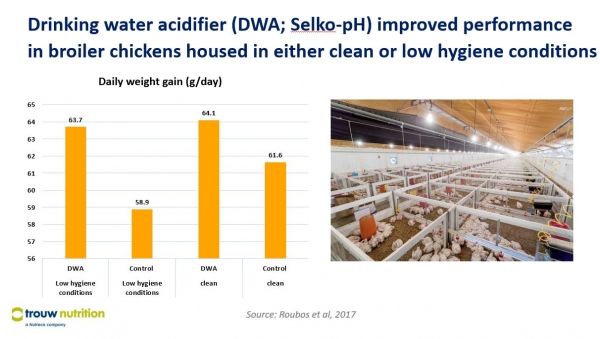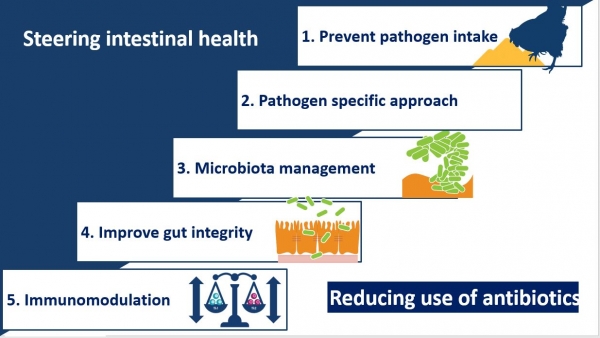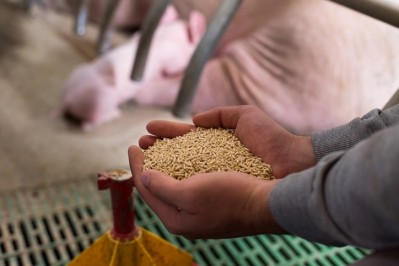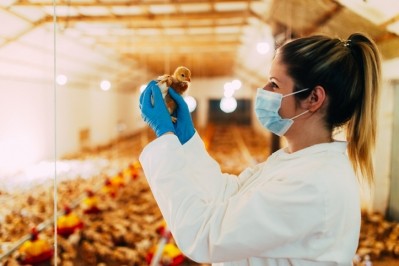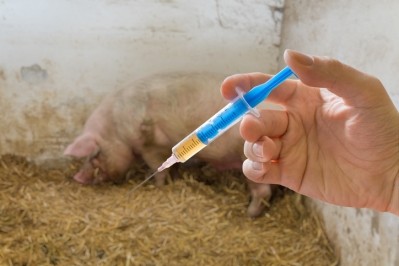Integrating breeding, diet, additives and hygiene key to on-farm antibiotic reduction, says Professor den Hartog
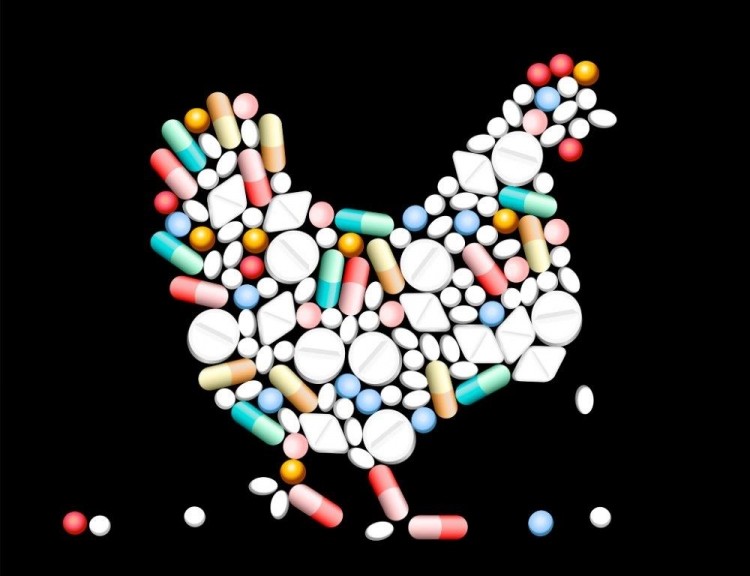
He gave the keynote speech at the recent 11th Asia Pacific Poultry Conference (APPC) in Thailand.
FeedNavigator caught up with him to get his perspective on antibiotic reduction and the threat of antimicrobial resistance (AMR) worldwide.
Poultry meat production is expected to increase 72% between 2017 and 2050. Given the expansion in animal numbers, antibiotic use in livestock production is expected to rise 67% by 2030, and to nearly double in Brazil, Russia, India, China and South Africa (Thomas P. Van Boeckel, PNAS May 5, 2015. 112 (18) 5649-5654).
If no additional restrictions on antibiotic growth promoters (AGPs) are implemented, the potential for AMR to proliferate will continue to rise. By 2050, the World Health Organization (WHO) says the annual death toll attributable to AMR could reach 10 million.
AMR awareness is high now in Asia, and particularly in China, where food safety and public health issues are a top priority, said Prof den Hartog “They have put it [AMR] on the agenda. In fact, I am going to China in August to speak at a conference focused on that topic. They are highly interested in ways to reduce the use of antibiotics [in livestock production].”
Ambitious targets in combination with multi-stakeholder commitment is pivotal for antibiotic reduction in farming, he said.
He is calling for an approach to animal production globally that involves the integration of feed, farm and health management. Collectively, such measures can support birds’ intestinal health by preventing the intake of specific pathogens, managing microbiota, improving gut integrity and supporting immunomodulation, he said.
Effective vaccines supporting a strong animal immune system are also critical, said den Hartog.
Dutch model
A ban on AGPs doesn’t automatically reduce antibiotic use, though, he said. He cited the increase in antibiotic use in the Netherlands immediately after the ban on AGPs in that market. Change occurred following a Dutch government policy targeting a 50% reduction in antibiotic use.
"Today, in the Netherlands, we have realized a drastic reduction in antibiotic use in farming. We saw a reduction of about 65% [between 2009 and 2016] in the use of antibiotics [in farm animals], in broilers it is even higher – a 72% reduction - so [we see] differences per species. The integral approach is important - breeding has to play a role, along with better hygiene on farm, diet composition and the use of feed additives."
In the Netherlands, medicated feed is not in use anymore. Antibiotics are administered through water and injection, and then only for sick animals in agreement with the veterinarian.
Results of a Trouw Nutrition drinking water acidifier (DWA) poultry production trial
Toolkit for antibiotic reduction
He said the starting point of any antibiotic reduction program is assurance of feed and drinking water quality.
Combining targeted drinking water additives (DWAs) and feed additives supports gut health and immune modulation.
A toolkit applying formic, propionic, and lactic organic acids with medium chain fatty acids reduces bacterial activity and helps balance microbiota, he said. Controlled release butyrate in combination with specific phytochemicals increases mucus production and supports epithelial cell proliferation and modulation of the gut-associated immune system, he added.
Combining feed additives with different functions and mode of action is a promising strategy not only to support animals in an AGP-free feed program, but is also expected to have prophylactic effects.
Benefits of integration of feed, farm and health management:
Source: Trouw Nutrition
Regulatory recognition
However, den Hartog said a new EU functional group of feed additives is required to incentivize the industry to invest in products to support animal health, which, in turn, would further reduce the need for antibiotics.
“Regulatory recognition of the prophylactic effects of feed additives is needed – the impact of nutrition on animal health.”
“We need to have a new category of feed additives within the legislation, allowing claims about preventive animal health and this will help a lot in terms of bringing products to market.”
Diederik Standaert, from the DG Animal, Plant and Nutrition, Belgian Health Ministry, spoke about the need for such regulatory developments at a conference on AMR, in Brussels, in June last year: “There is a lot of innovation going on around such products including organic acids, fatty acids or certain plant extracts. There is a lot of research and feeding trials. It would be beneficial for industry to be able to take that further into a registration," he told us at the time.
Standaert said it could be a winning investment strategy, allowing companies to use certain health claims to promote themselves as leaders in terms of tackling AMR with alternatives to antibiotics. “But we need to be mindful of the language used that we avoid veering into wording associated with medicinal products,” added the Belgian expert.
Microbiota composition
While additives can play a role in antibiotic reduction, nutrition can as well, including strategically managing dietary nutrients and ingredients, such as increasing poultry diet fiber and modifying feed particle size, said den Hartog. “Coarser diets are better [in this regard],” he added.
Nutrients in the feed and additives have an effect on the microbiota composition, he said. “We were the first company in our field to set up a laboratory to analyze the [animal] microbiota, and I think it helps us hugely in terms of showing customers the mode of action. We have tested many additives and their effect on microbiota composition or on the gut barrier, gut integrity or on mucus secretion etc.
“We are more and more convinced that nutrition plays an important role on microbiota, on mucus production, on cell proliferation and on the associated immune system and as we get more insight on this, it will help us steer health on farms.”
He said it is critical that Trouw Nutrition not only develops new strategies, and new feeding programs but that it tests them in feeding trials worldwide. Beyond its globally established research centers, it has R&D people in key markets such as Bangkok and Beijing collaborating with universities on poultry and swine trials.
